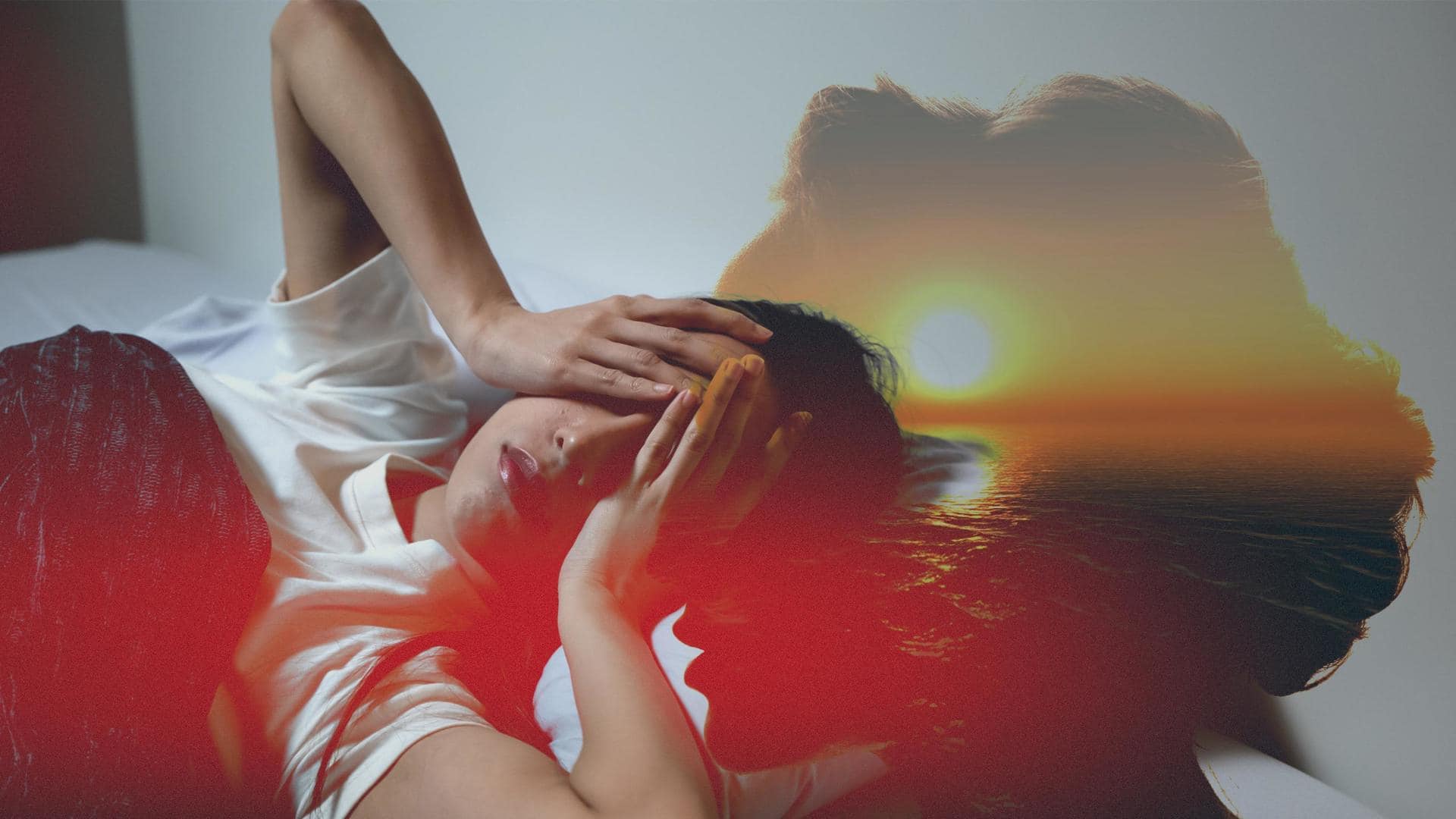
Déjà rêvé, unlike déjà vu, is about dreams
What's the story
The feeling of "I have experienced this before" is often associated with déjà vu. But this term is not sufficient to describe the feeling of re-experiencing a dream you have had previously — but fully awake. Researchers have finally put a name to this strange phenomenon - déjà rêvé. Keep reading as we break down this phenomenon for you to understand better.
Misunderstood
Déjà vu is generally a misunderstood phenomenon
Déjà rêvé has been probably confused with déjà vu in the past, but researchers in the 2018 Brain Stimulation study, suggest that this is due to the lack of understanding and vocabulary around "experiential phenomena." Even déjà vu is generally misunderstood. What most people get a perception from the phrase "déjà vu" is something already seen before. But that's not actually what happens here.
Deja vu definition
What defines déjà vu?
Recent studies have shown that "déjà vu" is a misleading name since you definitely haven't seen the thing before. It is actually just like a memory miscommunication in the brain. Basically, déjà vu is just recalling something that has similar details to something that's currently happening and mislabeling the feeling as a premonition, or a vision from a past life.
Difference
How is déjà rêvé different from déjà vu?
Déjà vu means "already seen." Déjà rêvé means "already dreamed," which refers to the phenomenon of a sensation that a current experience has already been dreamed about in the past. The reason déjà rêvé is so mysterious is that, unlike déjà vu, when experiencing déjà rêvé, you actually are recalling a vision or a feeling you had while dreaming, but during waking consciousness.
Rare phenomena
Déjà rêvé is a relatively uncommon experience
The experience of déjà rêvé can occur in a variety of contexts, such as during conversations while listening to music, or while traveling to a new place. It is a relatively uncommon experience, and it is not experienced by everyone. It is often studied in the context of neurological and psychological disorders, such as epilepsy and schizophrenia, as well as in the general population.
Study findings
Researchers conducted the study on patients with epilepsy
The researchers conducted experiments on subjects and reviewed studies from the previous 60 years to find evidence of déjà rêvé. All the subjects suffered from partial epilepsy and had all reported experiencing déjà rêvé in the past, often during seizures. They were all given electrical brain stimulation to various parts of their brain and their abnormal responses were recorded.
Categorization
Déjà rêvé divided into three categories
This experiment enabled the researchers to identify the parts of the brain involved in this phenomenon. Researchers classified the phenomenon into three different categories. The first category is "episodic-like déjà rêve," which is the most lucid form. The second category is "familiarity-like déjà rêvé," which is the blurry form. The final category is "dreamy state déjà rêvé," which is the mysterious form.
Three categories
Let's understand these categories in detail
Episodic-like déjà rêve: The form of déjà rêvé that can be pinpointed to an actual, specific dream. Familiarity-like déjà rêvé: This form is the sensation of re-experiencing a dream, but without being able to determine the specifics. Dreamy state déjà rêvé: This type is associated with the feeling of actually being in a dream, where you might confuse reality for being asleep.
Importance
The study can be helpful in epilepsy treatment
These findings of the study can potentially be helpful in enhancing epilepsy treatment and expanding knowledge about experiential phenomena. The motto of this research was to explore on these strange phenomena more and to categorize them under distinct labels instead of confusing every experience remotely related to the feeling of "I have experienced this before" with the term déjà vu.